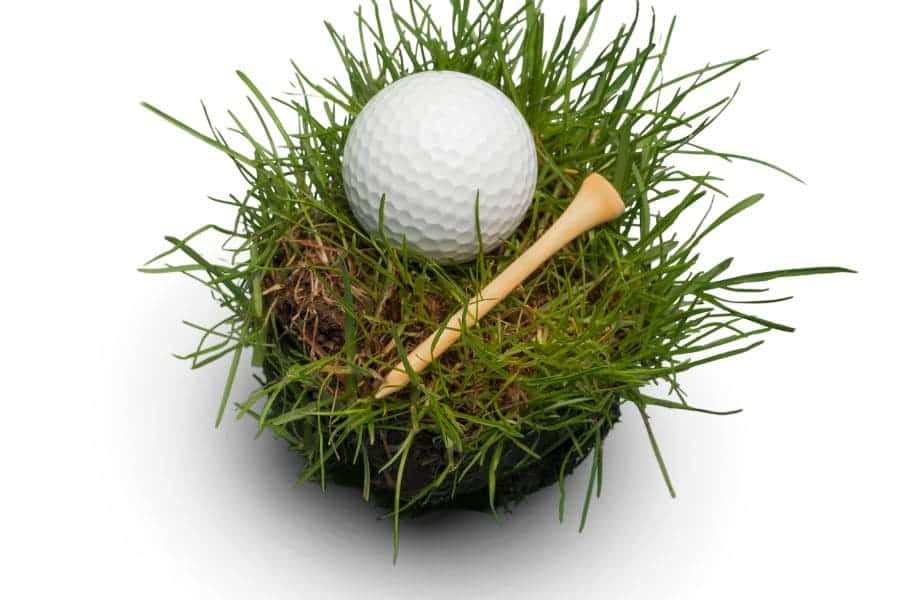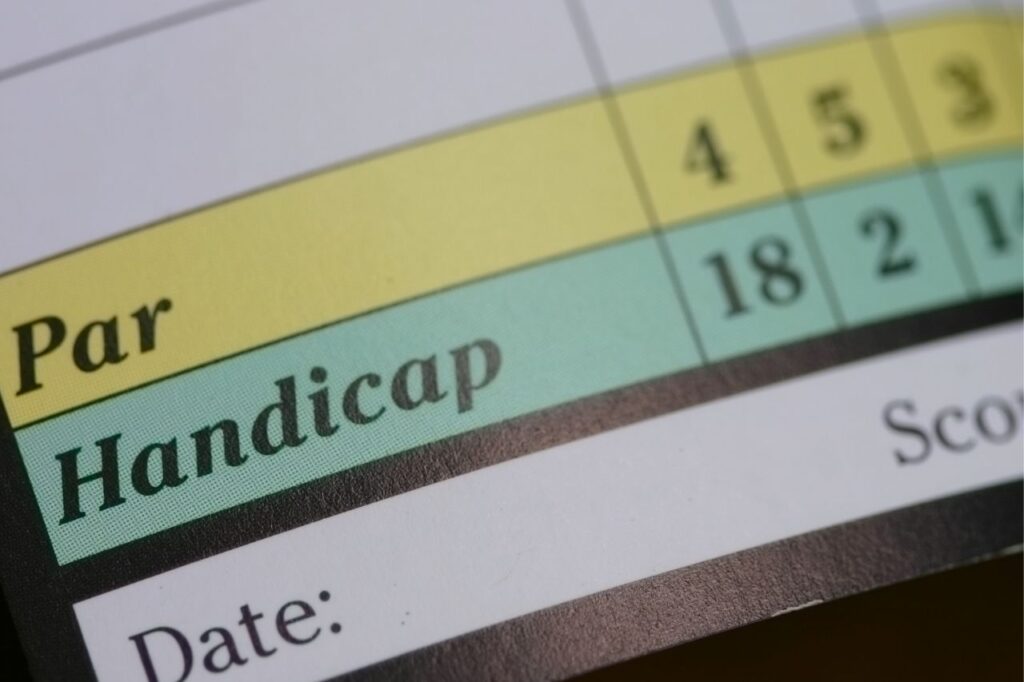

A “bogey” is a term in golf that describes a score on a given hole. It denotes a score one stroke higher than par for the hole.
The number of strokes an excellent golfer requires to complete a hole or course is referred to as par.
Based on the par of the hole, these are a few glimpses of bogeys in golf:
Par-3 Hole:
The golfer needs four strokes to finish the hole: On a par-3, this would be a bogey.
Par-4 Hole:
The golfer completes the hole in 5 strokes: On a par-4, this would be a bogey.
Par-5 Hole:
The golfer takes six strokes to complete the hole, a bogey on a par-5.
See how bogeys contribute to your golf handicap calculations.
Is bogey better than par?


In golf, a par is considered a better score than a bogey.
Par is the standard score set for each golf hole, signifying the number of strokes an excellent golfer will take.
It acts as a standard against which performance is measured. You have met or surpassed the expected number of shots when you score par or better on a hole.
Conversely, a bogey is a score of one stroke higher than par on a specific hole.
While bogeys are normal and tolerated in golf, they signify that a player took one more stroke than was intended for that hole.
While the naming method in golf for scores lower than a bogey is not particularly creative, it effectively expresses the number of strokes over par. Let’s look at some score terms:
1. Double Bogey: Scoring two over Strokes Par
A double bogey is when you score two over strokes par on a hole. For example, a score of 5 on a par-3 hole is a double bogey.
1. Triple Bogey: Scoring three over Strokes Par
A triple bogey is defined as three over strokes par on a hole. For example, a score of 7 on a par-4 hole is a triple bogey.
2. Quadruple Bogey: Scoring Four over Strokes Par
A quadruple bogey denotes a hole that is four over strokes par. For example, a score of 9 on a par-5 hole is a quadruple bogey.
Understand the basics of golf scoring terms, starting with ‘bogey.’
Every Golfer’s Journey: Bogeys and Beyond:
Every golfer, from beginners to professionals, encounters bogeys and scores worse than bogey at some point during their game.
It’s crucial to remember that these scores are a regular aspect of the game, and even pros encounter them.
Phil Mickelson faced a complex scenario on the 13th hole during the final round of the 2018 US Open.
Faced with a challenging lie, Mickelson purposely hit a moving ball, incurring a two-stroke penalty and a hole score 10.
This incident demonstrated that even the most seasoned and good golfers, like Phil Mickelson, may struggle and score way above a bogie on a hole.
It emphasized golf’s intricacies and mental obstacles, reminding us that no player is immune to adversity.
This example reminds us that golfers of all skill levels confront distinct challenges, and navigating through highs and lows is a natural game aspect.
It demonstrates that every golfer, regardless of ability level, will face setbacks and higher scores along the way, and the key is to continue and learn from those experiences.
Golfers’ Performance by Handicap: Average Scores Unveiled
The average amount of bogeys and higher scores per round might vary depending on a golfer’s skill level, according to a joint analysis by the golfing community.
The study provided fascinating insights into the scoring patterns of golfers of various handicaps:
· Golfers with handicaps between 16 to 20:
This handicap range is frequently regarded as reflective of the ordinary golfer.
According to the data, golfers in this handicap range had 7.3 bogeys, 4.7 double bogeys, and 2.1 triple bogeys, or worse, every 18-hole round.
It’s worth noting that golfers at this skill level averaged 3.6 pars and only 0.3 birdies or better each round, highlighting the difficulty of shooting par or better.
· Golfers with a handicap of 21-25:
The study discovered that players with 21-25 handicaps struggled with higher scores.
They averaged 8.9, double worse than bogeys per 18 holes, indicating that roughly half of their rounds were completed with a score worse than a bogey.
This data shows how tough it is for players in this handicap range to manage their game and avoid more outstanding scores.
These data highlight the scoring habits of average and higher handicap players.
They show that bogeys and more excellent scores are not unusual for golfers at these ability levels and can be expected throughout a round.
Conclusion
Bogeys are common in golf and represent one stroke over par on a hole. Golfers of all skill levels are a natural part of the game.
While they may appear to be setbacks, they give chances for learning, growth, and improvement.
Even the best golfers make bogeys, but their ability to recover and keep a good attitude distinguishes them.
Understanding that bogeys are joint allows golfers to embrace the difficulties and focus on ongoing improvement.
Golfers can reduce the number of bogeys they make on the course by learning from their mistakes and remaining resilient.









Leave a Reply